Beatles News
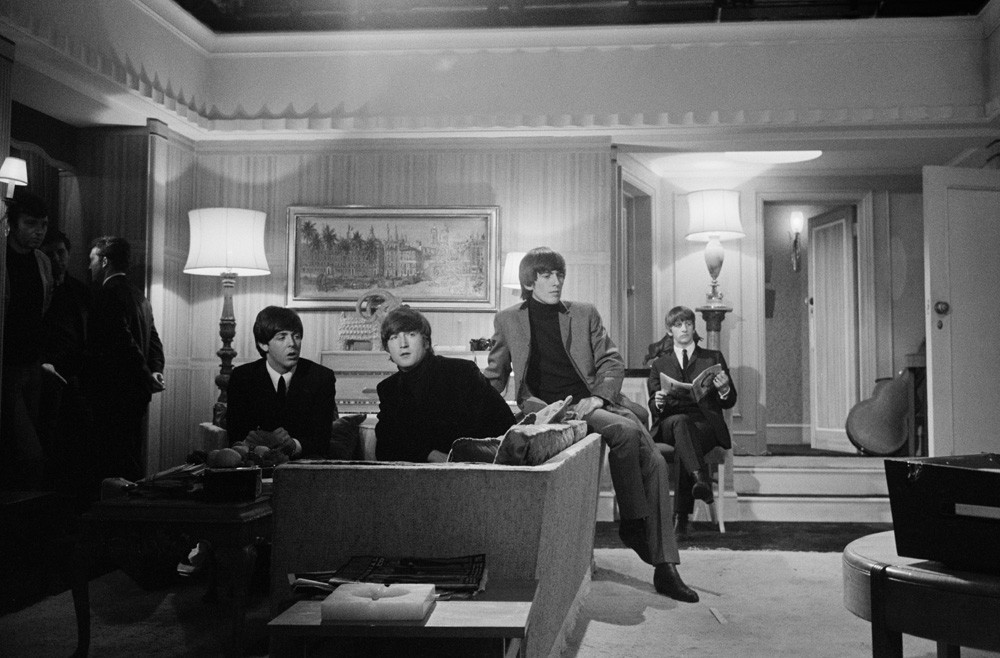 The Astrid Kirchherr Early Beatles Collection of photographs – available exclusively at Rock Paper Photo - is one of the most important photographic records of a time in 20th century popular culture that was quite simply magical. Rock Paper Photo is the birth of a cataclysmic youth movement as personified by a group of young men from the north of Engalnd was witnessed via the camera of a style-innovating young German woman who befriended and influenced them. All of them were in the right place, at the right time, to make history together. Astrid Kirchherr’s lens caught the members of the Beatles as they transitioned from unknown teenagers to famous rock stars, from innocent to wise, from youths to men. These photographs remain as witnesses to this era, and viewers of the collection are privileged to experience them.
The Astrid Kirchherr Early Beatles Collection of photographs – available exclusively at Rock Paper Photo - is one of the most important photographic records of a time in 20th century popular culture that was quite simply magical. Rock Paper Photo is the birth of a cataclysmic youth movement as personified by a group of young men from the north of Engalnd was witnessed via the camera of a style-innovating young German woman who befriended and influenced them. All of them were in the right place, at the right time, to make history together. Astrid Kirchherr’s lens caught the members of the Beatles as they transitioned from unknown teenagers to famous rock stars, from innocent to wise, from youths to men. These photographs remain as witnesses to this era, and viewers of the collection are privileged to experience them.
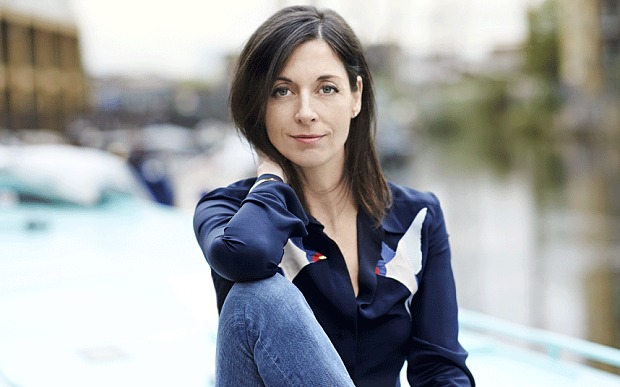 Sir Paul McCartney's daughter talks about her family and the inspiration behind her new vegetarian cookbook At My Table.
Sir Paul McCartney's daughter talks about her family and the inspiration behind her new vegetarian cookbook At My Table.
In her light-filled studio tucked away down a cobbled mews in an unglamorous corner of northwest London, Mary McCartney is juggling the day’s engagements and talking about her books.
On the table in front of us are the hefty volumes of Monochrome/Colour. Published last year, they gather together images taken by the photographer over the past 20-odd years. There are street scenes, still-lifes, celebrity portraits (actress Gwyneth Paltrow, musician Beth Ditto) and intimate pictures of family members. Here’s musician father Sir Paul and his wife Nancy Shevell, fuzzily caught embracing in his London garden at the reception after their 2011 wedding. There’s fashion designer sister Stella, shot in warm close-up. There’s her late mother Linda, snapped on Polaroid.
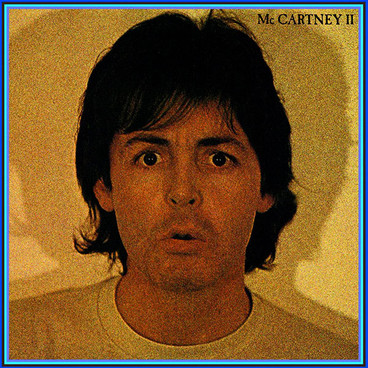 An icon he may be, but sometimes Paul McCartney doesn’t get the respect he deserves, maybe because next to sarky, saintly Lennon, he can’t help but look like a bit of a sentimental old softie. But it’s worth remembering that as a fan of experimental composer Stockhausen in his youth and a dabbler in electronica as one half of The Fireman in his autumn years, Macca has always been an experimenter and a technological first-adopter, keen to embrace new techniques and unafraid to appear a little silly in the process. That, in a nutshell, is the story of ‘McCartney II’, his quirky, synth heavy second solo album, released 35 years ago this weekend.
An icon he may be, but sometimes Paul McCartney doesn’t get the respect he deserves, maybe because next to sarky, saintly Lennon, he can’t help but look like a bit of a sentimental old softie. But it’s worth remembering that as a fan of experimental composer Stockhausen in his youth and a dabbler in electronica as one half of The Fireman in his autumn years, Macca has always been an experimenter and a technological first-adopter, keen to embrace new techniques and unafraid to appear a little silly in the process. That, in a nutshell, is the story of ‘McCartney II’, his quirky, synth heavy second solo album, released 35 years ago this weekend.
![]() Dualities are fascinating: Yin and Yang, Blur and Oasis, God and Satan, the Beatles and the Rolling Stones, and so on. You can analyze these contrasting pairs to apparent death, and yet they’ll spring up again, resurrected, presenting fresh puzzles. Whether you approach each duo as a harmonious conjunction of opposites or as a violent discord between irreconcilables, the process always manages to generate a spark.
Dualities are fascinating: Yin and Yang, Blur and Oasis, God and Satan, the Beatles and the Rolling Stones, and so on. You can analyze these contrasting pairs to apparent death, and yet they’ll spring up again, resurrected, presenting fresh puzzles. Whether you approach each duo as a harmonious conjunction of opposites or as a violent discord between irreconcilables, the process always manages to generate a spark.
In the present case, consider the difficult question of the greatest album by a former Beatle. Sure, you might find a few dissenters who would want to bust up the duality I’m about to present: they’d claim that Imagine is the best post-Beatles effort, and maybe a few daring reactionaries would cite Band on the Run. You could throw Lennon against McCartney and see what insights ensue, since that’s the principal Beatles duality in everyone’s mind, with Lennon as the emotionally raw rocker and McCartney as the consummate craftsman of orchestral pop.
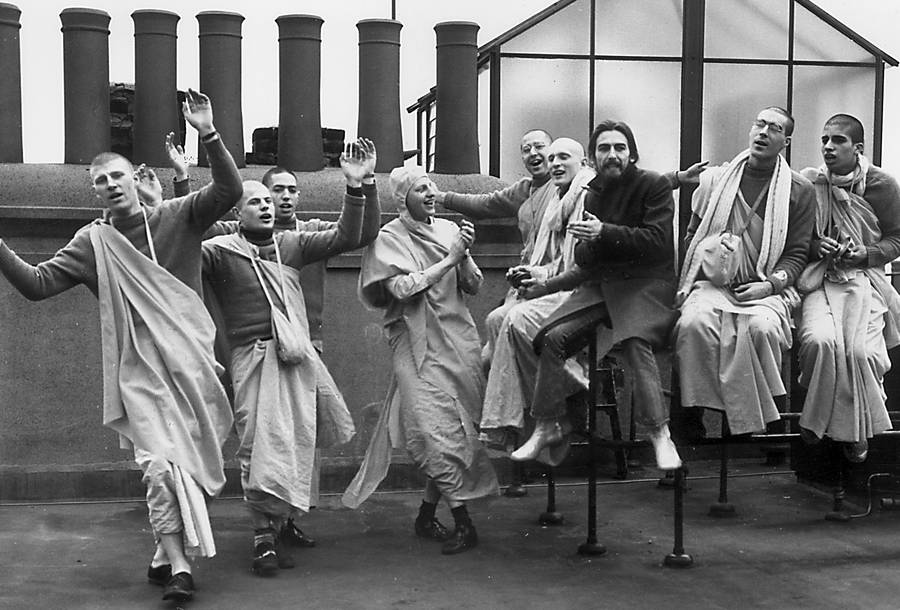 The John Lennon and Paul McCartney songwriting duo has been so lionized throughout history it's difficult to consider them anything besides creative divinity. However, after the Beatles broke up, neither achieved a comparable level of artistic mastery. But a third Beatle did: George Harrison.
The John Lennon and Paul McCartney songwriting duo has been so lionized throughout history it's difficult to consider them anything besides creative divinity. However, after the Beatles broke up, neither achieved a comparable level of artistic mastery. But a third Beatle did: George Harrison.
Harrison, the so-called "quiet Beatle," shocked the world with his solo debut, which he began recording 45 years ago this month. Entitled All Things Must Pass, the album's spiritually infused folk and blues blew critics' minds. The moment was "the rock equivalent of the shock felt by pre-war moviegoers when [Greta] Garbo first opened her mouth in a talkie: Garbo talks! — Harrison is free!" wrote Richard Williams for Melody Maker.
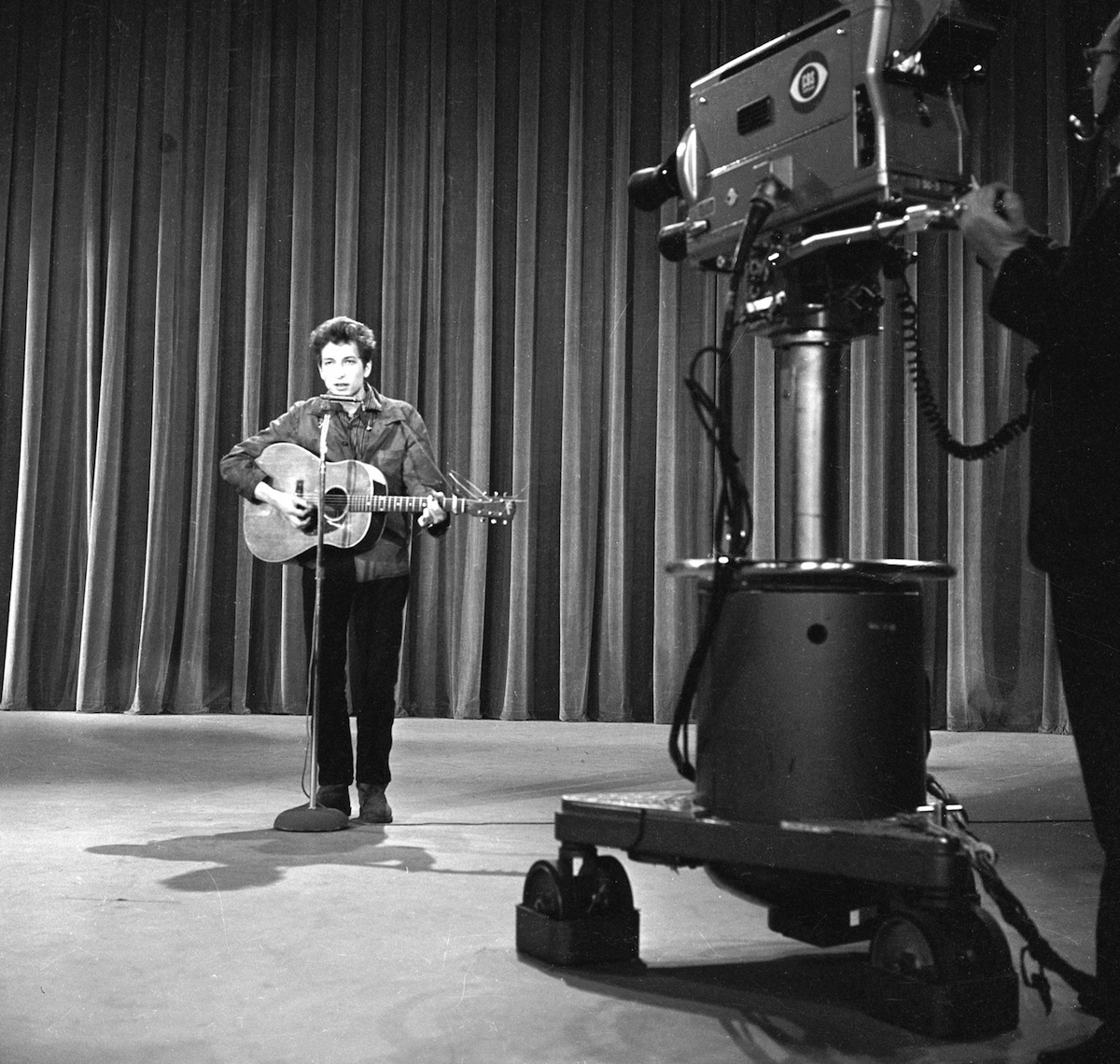 Performing on The Ed Sullivan Show might have helped launch the careers of Elvis Presley and the Beatles, but Bob Dylan took a different approach to fame: courting celebrity by not performing.
Performing on The Ed Sullivan Show might have helped launch the careers of Elvis Presley and the Beatles, but Bob Dylan took a different approach to fame: courting celebrity by not performing.
Dylan was slated to appear on the massively popular variety show on this day, May 12, in 1963 — a year before the Beatles. At the time, he was little known by mainstream audiences, although TIME had referred to him a year earlier as “a promising young hobo.”
“He dresses in sheepskin and a black corduroy Huck Finn cap, which covers only a small part of his long, tumbling hair,” TIME’s 1962 story attests. “[H]e delivers his songs in a studied nasal that has just the right clothespin-on-the-nose honesty to appeal to those who most deeply care.”
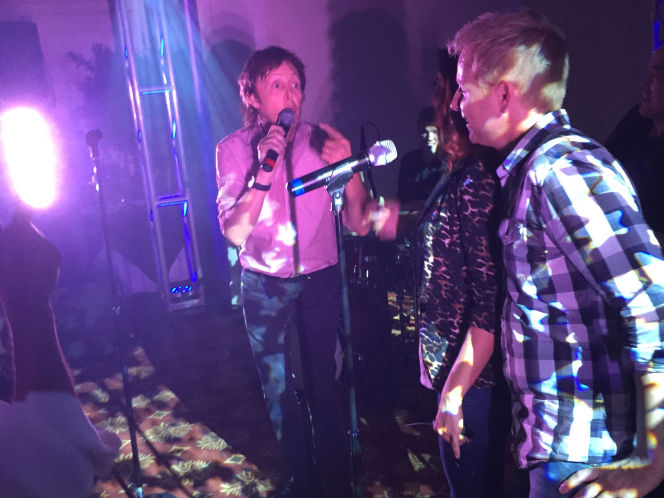
It was, in almost every respect, a carbon-copy weekend gig for Josh Walther and his wedding band, Phase5. Booked a year in advance at a familiar Winter Park country club. Intimate, 200 people, tops. Decent vegan spread.
"The decor wasn't extravagant," he said. "It was just a typical family gathering."
Totally typical, yes — except for the part where Paul McCartney showed up. And hopped onstage. And grabbed the microphone. And sang I Saw Her Standing There. And left Walther and his band reeling from the musical memory of a lifetime.
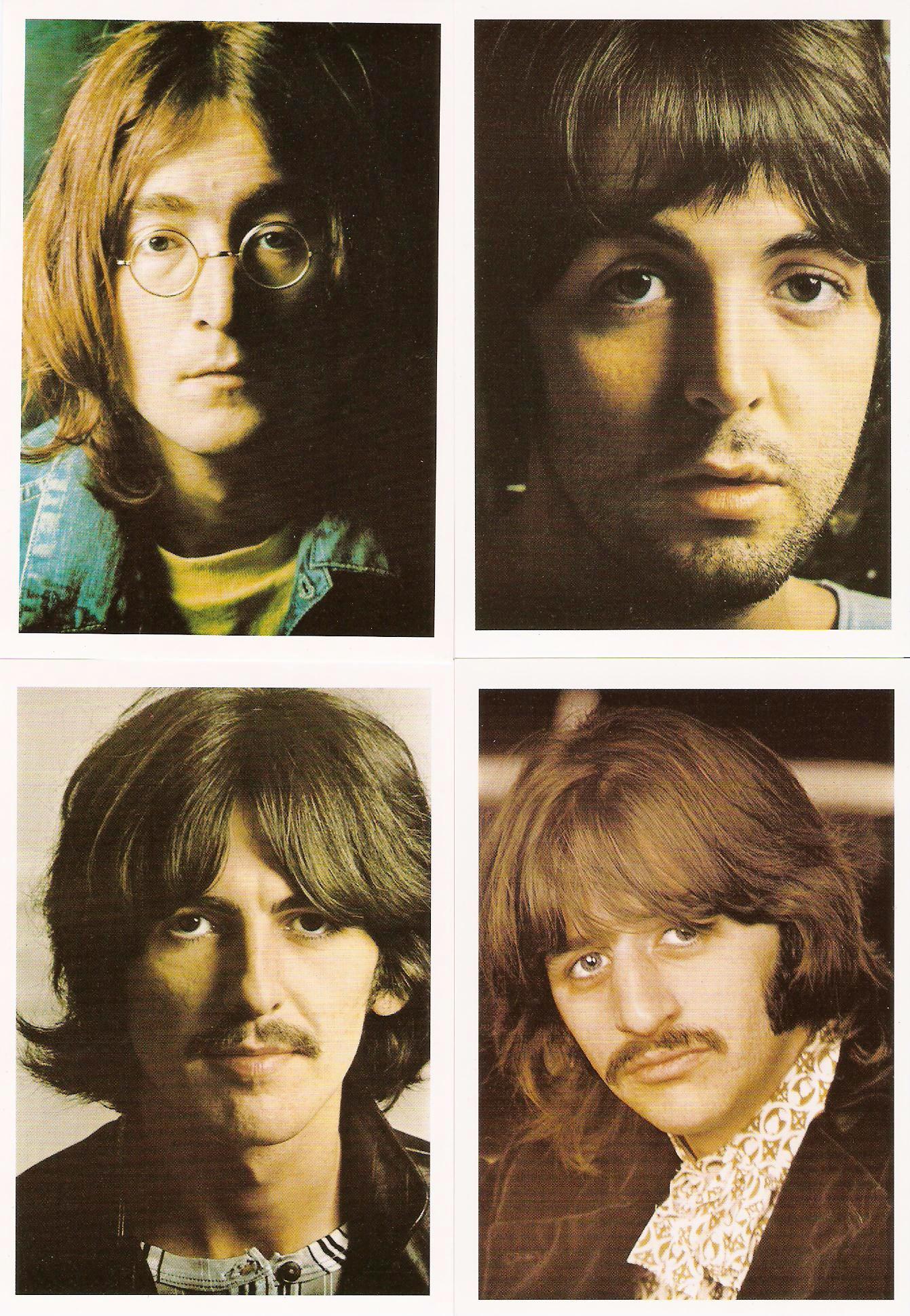 Songs by rock artists about their mothers are relatively few and far between. Those that there are tend to go to one of two extremes. You’ll get the occasional gushing tribute, a la Bruce Springsteen’s “The Wish.” On the flip side of that coin are the rockers who take umbrage with the way they were raised, such as Roger Waters in Pink Floyd’s scathing “Mother.”
Songs by rock artists about their mothers are relatively few and far between. Those that there are tend to go to one of two extremes. You’ll get the occasional gushing tribute, a la Bruce Springsteen’s “The Wish.” On the flip side of that coin are the rockers who take umbrage with the way they were raised, such as Roger Waters in Pink Floyd’s scathing “Mother.”
“Julia”, by The Beatles, falls somewhere in between, a kind of impressionistic meditation by an earthbound man on the ethereal presence of a woman calling to him yet hovering out of his reach. Or at least that’s how it sounds removed from any context. In actuality, the man, John Lennon, was writing the song as an indirect tribute to his deceased mother Julia, which makes this one of the more oddly fascinating entries into this subgenre of music.
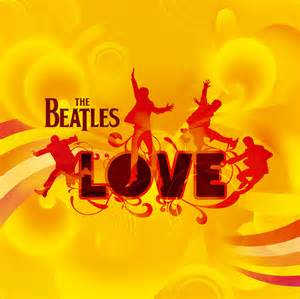 Most people float down the rivers of time without leaving a ripple. Some stir the waters and leave somewhat of an impact. And then there are those who carve out their own islands in time and form a permanent place in eternity. Such were the Beatles.
Most people float down the rivers of time without leaving a ripple. Some stir the waters and leave somewhat of an impact. And then there are those who carve out their own islands in time and form a permanent place in eternity. Such were the Beatles.
Who could have imagined that four boys -- one of them a teenager at the time -- from a seaport village would take the world by storm and eventually become one of the biggest forces in music history, comparable to the likes of Mozart or Beethoven?
It was just over 50 years ago, in February 1964, that the Beatles landed in America to the delight of throngs of screaming fans. Two nights later, their appearance on the Ed Sullivan Show drew a television viewing audience of 73 million. For that brief moment in time, the streets emptied and crime stopped.
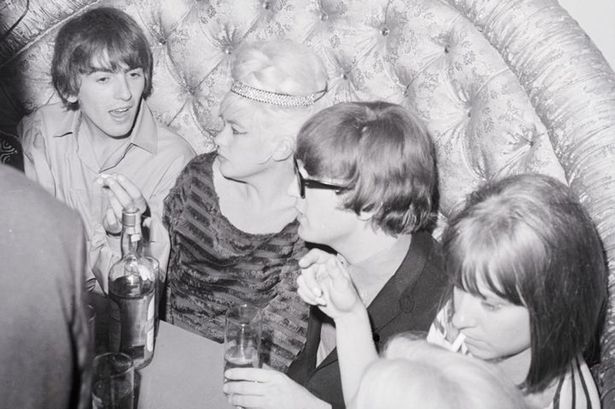 The legendary musician was being pursued at The Beatles rented mansion in Los Angeles by blonde actress who was intent on seducing Lennon.
The legendary musician was being pursued at The Beatles rented mansion in Los Angeles by blonde actress who was intent on seducing Lennon.
John Lennon urinated in a cocktail before giving it to one of America's best-known sex symbol's and watching her drink it, a new book has claimed.
The legendary musician was being pursued at The Beatles rented mansion in Los Angeles by blonde actress Jayne Mansfield, who was intent on seducing Lennon.
However, the Beatle took a dislike to the actress after she began tugging at his distinctive hair.
In revenge, Lennon urinated into the actress' cocktail before watching in delight as she drank it.

